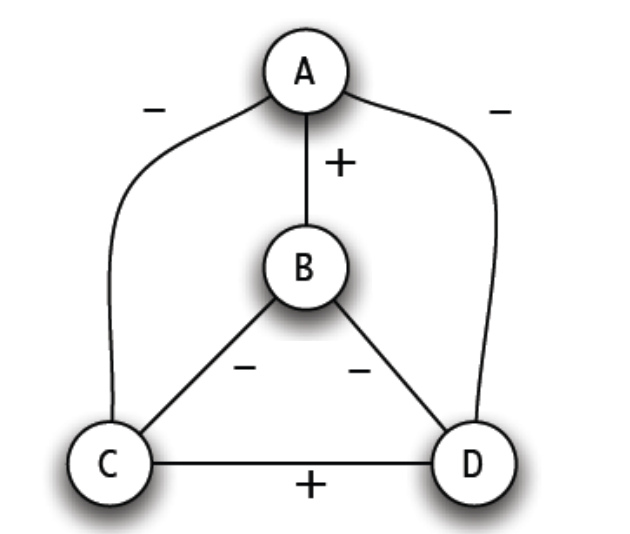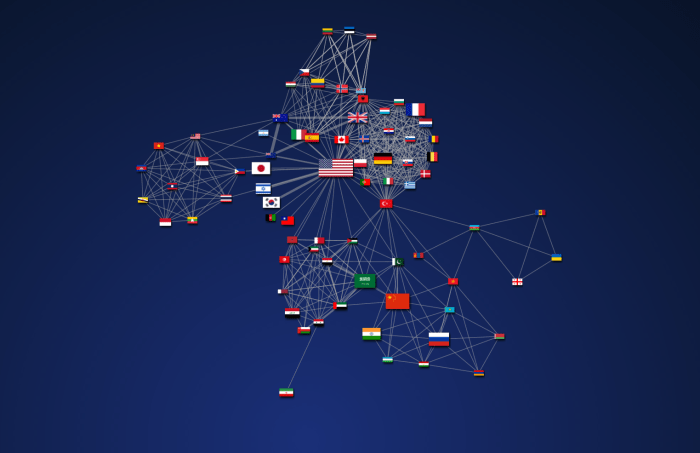Over the past year, the world’s two largest economies have imposed tariffs on billions of dollars worth of one another’s goods. Since 2018, the US has imposed tariffs on more than $550bn of Chinese goods, and China has retaliated with tariffs on more than $185bn of US products. Washington delivered three rounds of tariffs last year, and a fourth one in September. The latest round targeted Chinese imports, from meat to musical instruments, with a 15% duty. Beijing has hit back with tariffs ranging from 5% to 25% on US goods. Negotiations are making slow progress but have proven ineffective and difficult. Washington plans to start a wave of new tariffs on Chinese goods, ranging from footwear to telephones in December. Unsurprisingly, China also plans to hit another 3,000 American products with tariffs by the end of the year. Both sides have threatened to take more action with new tariffs and increase existing duties in the coming months.
It has been universally acknowledged by almost every economist and investor that there is no winner in the trade campaign. And there are statistics revealed the tariff increases are estimated to reduce global trade volumes by around 6 percent and real GDP would drop by 1.4 percent, with US, China, and Europe each suffering a drop in output of 1.7-2.2 percent. If it is a war that everyone loses, what makes the negotiation being so tough and why would the US and China still repeatedly retaliate with tariffs against one another? The majority of economists highlight the connections between this tit-for-tat tariff game and the classic example of the prisoners’ dilemma.

In Gavyn Davies’ “Trade wars and the prisoners’ dilemma”, Davies successfully predicted that the economic damage in China would lead to retaliate by imposing higher tariffs on US goods and inevitably, the US would also suffer economic loses from China’s tariffs. It demonstrated that these countries are truly engaged in a prisoners’ dilemma game. Recall what we learned in the lecture about game theory, assume China and the US are two players who can either choose to increase tariffs or not. If the US applies tariff on China and China does not then China would get hurt; similarly, if China imposes tariff but the US does not retaliate, then the US would get hurt. Since each of them wants to maximize its self-interests which leads to both the US and China adopt protectionism by imposing higher tariffs. It is predictable that they will likely end up in a bad “Nash” equilibrium if they continue to retaliate although they can reach a win-win situation if they were to simply cooperate with each other. Davies forecast it’s likely that there will be a 1-3% reduction in global output in the next several years if all countries continue to choose to adopt protectionism strategies that retaliate with higher tariffs to protect self-interests in a time of uncertainty.

Historical experience has also proved that raising tariffs for the sake of domestic interests alone can not necessarily achieve the purpose of preventing the outflow of domestic consumption and protecting employment, and sometimes it even backfired. In the current situation of trade friction, it is necessary for both parties to jump out of their own interests and proceed from the overall situation in order to achieve optimal equilibrium. However, if the US and China can not reach an agreement in the next few years, are we just going to watch the global economy keep going down? There’s no way we can get out of this vicious trade war circle? There is an organization called “The World Trade Organization” (WTO) exists for many years. WTO is aimed to safeguard basic principles of international trade, such as no discrimination, reciprocity, transparency. Moreover, it provides the dispute resolution process in case of a conflict. Hopefully, WTO would play its part in this trade war and could manage to change Donald Trump’s opinion on how easy it is to win the trade war without damaging the US itself.
Reference:
https://www.china-briefing.com/news/the-us-china-trade-war-a-timeline/
https://www.bbc.com/news/business-48196495
https://seekingalpha.com/article/4263591-u-s-china-prisoners-dilemma
https://www.ft.com/content/d288a98e-2e90-11e8-9b4b-bc4b9f08f381




